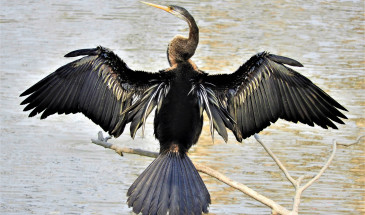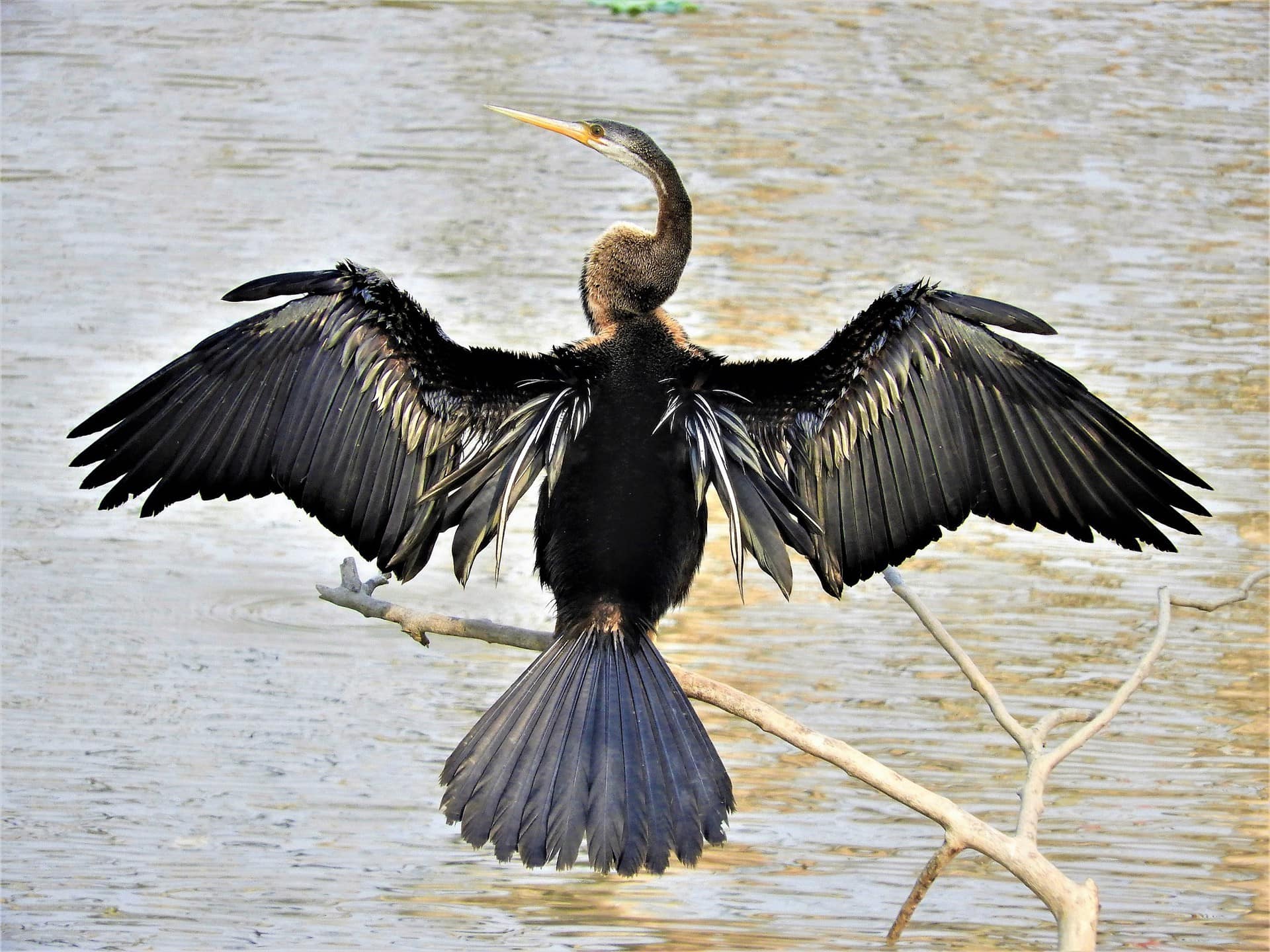Wild Assam and Arunachal
- Overview
- Itinerary
- Map
- Pictures
Embark on this beautiful wildlife journey where you can witness the amazing diversity of wildlife present. More than 600 species of birds and many varieties of mammals such as tigers, elephants, rhinos, water buffaloes, deers live in these forests.
Start your journey against the backdrop of the Eastern Himalayas where lies a grass and jungle habitat of unparalleled beauty. The Manas forest extends on both sides of the river and presents one of earth’s most timeless vistas. A herd of elephants may silently make an appearance on the distant opposite bank, lending a touch of the ethereal to an earthly paradise. Little wonder why Manas was chosen by UNESCO to be a World Heritage site in 1988. It also earned the status of Biosphere Reserve in 1989.
You continue your journey in the Nameri National Park which covers an area of 200 Km² bordering Arunachal Pradesh. It is also the core area of Nameri Tiger Reserve (344 Km²). The Jia-Bhoreli River and its tributaries namely the Diji, Dinai, Doigurung, Nameri, Dikorai, Khari… crisscross the park. During rainy season, a few jheels also dot the area.
Now proceed on the southern bank of the Brahmaputra River to explore Kaziranga National Park, a World Heritage Site and home to more than 75% of the world’s total population of the Great Indian One Horned Rhinoceros. It is also more than 450 species of birds.
Take a ferry to cross the mighty Brahmaputra River where you will discover Majuli. A hotbed of ancient Assamese culture, the island is home to numerous medieval monasteries where monks young and old learn a unique form of arts, music, drama, dance and Neo-Vaishnavite philosophy. The island is also home to other Assamese tribes such as Mishings, Deoris and Kacharis. Other than the monasteries, you can spend time visiting these villages by going on peaceful bicycle rides or walks across the serene countryside of the island. Good bird diversity can also be found in the island, especially in the winter months when migratory species reside. Your stay in the island will be in tribal styled cottages which will have basic amenities in tune with the local way of living.
You continue upstream along the Brahmaputra to reach Dibru-Saikhowa National Park. Located 12 Km away from Tinsukia, this park remains open most of the year. Spread across 650 km², it has the most distinct and vibrant wilderness on earth and is known for its pristine scenic beauty. With Brahmaputra River and Lohit River to its north and Dibru River to its south, the forest in this park ranges from semi-evergreen to deciduous to littoral to swampy marshes with patches of wet evergreen jungles where can be spotted more than 350 species of birds.
Last but not least, Namdapha National Park in Changlang district on the eastern tip of the state which was declared Tiger Reserve in 1983 by the government of India. Located close to Himalayan ranges, the stunning park that lies across various altitudes ranging between 200 and 4500 m elevates your spirits. The park covers a massive 2000 km² of land, containing more than 1000 species of plants, 650 species of birds, 350 butterflies and many smaller forms of life.
No details found.




